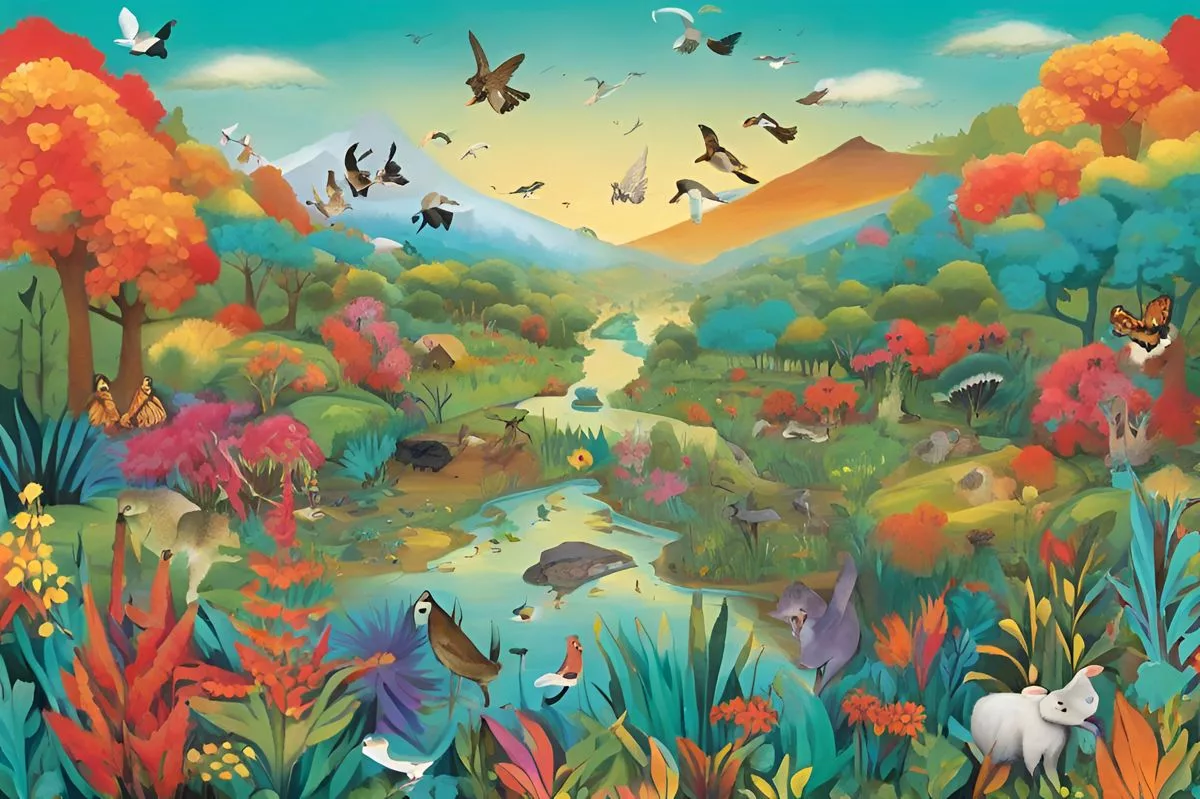Johan Williams is a name that brings chills, as he carried out terrible crimes from 2012 to 2018, kidnapping, raping, and murdering vulnerable women in the Western Cape. He lured these women with false job offers, turning their dreams into nightmares. After being caught, he received eight life sentences, a sign of the horror he inflicted not just on his victims, but on their families and communities. His cruel actions reveal the deep social problems that make people easy targets, showing that we must fight to protect the vulnerable from such predators. The story of Johan Williams is a reminder of both the darkness that exists and the strength of those who seek justice.
What were Johan Williams’ crimes and their impact?
Johan Williams committed heinous crimes, including kidnapping, rape, and murder, from 2012 to 2018, particularly targeting vulnerable women in Western Cape. His actions not only devastated families but also highlighted the socio-economic conditions that allowed such exploitation. Williams received eight life sentences for his atrocities.
The Reign of Terror
Johan Williams’ name is etched in the annals of criminal history, notorious for a reign of terror that stretched from 2012 to 2018. His malevolent acts, particularly in Wellington and the broader Western Cape, left a permanent scar on these communities. Recently, the Cape Town High Court handed down eight life sentences, highlighting the severity of his crimes. Williams’ atrocities not only reflect his personal depravity but also underscore the socio-economic weaknesses he ruthlessly exploited.
Williams’ methods were cunning and brutal. Masquerading as a job recruiter, he preyed on young women with promises of employment. Victims like Natalie Jonkers, Maria Isaacs, and Chantelle Matthyssen were drawn in by the allure of a better life—an aspiration fueled by South Africa’s rural unemployment crisis. These women could never have foreseen that their dreams of improvement would end in such horrifying circumstances.
Court proceedings exposed the gruesome details of Williams’ crimes. He abducted Jonkers, Isaacs, and Matthyssen, subjected them to unspeakable suffering, and finally murdered them. Their shallow graves, tragic final resting places, bore silent testimony to their agony. In a cruel twist, Williams used their cell phones to send deceitful messages to their families, creating a false sense of security. This heinous tactic not only added psychological torment to the grieving families but also revealed Williams’ cold-blooded, calculated nature.
Extending the Nightmare
Williams’ cruelty extended beyond his primary victims. His ex-girlfriend and her two young children also fell prey to his malevolence. Despite a protection order, he kidnapped and repeatedly assaulted her, showing blatant disregard for legal boundaries and personal freedom. His campaign of terror included arson and vandalism aimed at the homes of his victims’ families, intensifying their fear and grief.
Initially, Williams attempted to sidestep accountability by pleading not guilty. However, he later guided police to his victims’ burial sites, a grim revelation shrouded in a veneer of coincidence. He claimed it was “purely coincidental” that the women were last seen with him. Despite his attempts to deflect blame, the compelling evidence presented by Prosecutor Maria Marshall painted him as an unrepentant predator.
Judge Rosheni Alie delivered a scathing sentencing, branding Williams as an extreme threat to society and emphasizing the need to protect communities from individuals like him. Her statements also drew attention to the broader socio-economic conditions of poverty and unemployment that rendered his victims so vulnerable. In rural areas, these factors often drive people to desperate measures in their quest for survival, making them easy targets for predators like Williams.
A Catalogue of Crimes
Williams faced a litany of charges, including multiple counts of kidnapping, rape, attempted rape, and murder. His criminal escapades also involved housebreaking with the intent to commit arson, actual arson, assault with the intent to cause grievous bodily harm, and violating a protection order. This extensive list underscores the multifaceted nature of his criminality and the widespread harm he inflicted.
Nicolette Bell, the Western Cape’s Director of Public Prosecutions, praised the meticulous efforts of law enforcement and the judiciary in securing Williams’ conviction. The rigorous work that led to his apprehension and sentencing stands as a beacon of hope for justice in a society plagued by crime. Bell acknowledged that while such convictions cannot undo the damage inflicted, they provide a measure of justice to the victims and their families and remove a dangerous element from society.
A Broader Reflection
The case of Johan Williams also serves as a poignant reminder of the complex relationship between crime and socio-economic factors. His victims, driven by economic desperation, became easy targets. This dynamic parallels broader historical and artistic movements that have long highlighted the struggles of the disenfranchised. For example, Charles Dickens’ works vividly depict the plight of the poor in Victorian England, while early 20th-century social realism sought to spotlight similar issues through a modern lens.
Williams’ actions evoke comparisons with other infamous criminals who exploited societal vulnerabilities. His predatory behavior mirrors that of Jack the Ripper, who terrorized London in the late 19th century. However, unlike the elusive Ripper, modern forensic techniques and persistent law enforcement efforts ensured that Williams faced justice.
In delving into Williams’ depravity, one cannot overlook the resilience of the human spirit. The families of his victims, despite their immense grief, have shown remarkable courage. Their relentless pursuit of justice, bolstered by a dedicated judicial system, reflects the enduring human capacity for resilience in the face of overwhelming adversity.
The Path Forward
The sentencing of Williams, though a significant milestone, represents just one chapter in the ongoing battle against crime and socio-economic inequity. His story is a stark reminder of the need for continued vigilance, comprehensive social support systems, and robust legal frameworks to protect the vulnerable. As society reflects on the implications of this case, it is imperative to address the root causes that allow such predators to thrive.
By tackling these challenges head-on, communities can begin to heal and build a future where hope is not a commodity to be exploited but a reality to be lived.
FAQ: The Dark Legacy of Johan Williams
What crimes did Johan Williams commit during his reign of terror?
Johan Williams committed a series of horrific crimes from 2012 to 2018, including kidnapping, rape, and murder, predominantly targeting vulnerable women in the Western Cape. His heinous actions resulted in eight life sentences after he was apprehended.
How did Johan Williams lure his victims?
Williams cunningly masqueraded as a job recruiter, enticing women with false job offers. This tactic preyed on their aspirations for a better life, which were often fueled by the high unemployment rates in South Africa, particularly in rural areas.
What impact did Williams’ crimes have on the victims’ families and communities?
The impact of Williams’ crimes was devastating. Families of his victims experienced immense grief and psychological torment. His actions also highlighted broader socio-economic issues, such as poverty and unemployment, that made these women easy targets for exploitation.
What was revealed during the court proceedings against Johan Williams?
During the court proceedings, gruesome details of Williams’ crimes were revealed, including how he abducted, tortured, and murdered his victims. He also used their cell phones to send false messages to their families, further adding to the trauma.
How did the justice system respond to Johan Williams’ actions?
The Cape Town High Court sentenced Williams to eight life sentences, emphasizing the severity of his crimes. Prosecutor Maria Marshall presented compelling evidence against him, leading to his conviction. This case has been praised as a significant victory for justice in a society grappling with crime.
What lessons can be learned from the case of Johan Williams?
The case of Johan Williams serves as a stark reminder of the intersection between crime and socio-economic factors. It underscores the need for comprehensive social support systems and robust legal frameworks to better protect vulnerable populations. Addressing root causes of exploitation is essential for preventing future tragedies and fostering community resilience.












